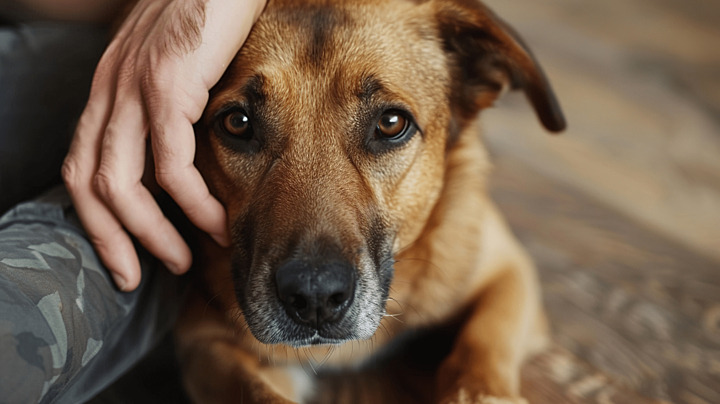Why Are People Cruel to Dogs? Understanding—and Challenging—the Roots of Abuse.
Dogs have stood beside us for thousands of years—comforting, working, playing, and simply being there. And yet, cruelty persists: neglect, abandonment, violence, exploitation. As an artist who honors mistreated animals in my work, I keep asking: why do people harm such trusting beings—and how do we stop it?
This post unpacks common drivers of cruelty. Naming them doesn’t excuse them; it helps us intervene more effectively. If you suspect abuse, report it to local authorities or animal control, and connect with organizations equipped to help.
- Lack Of Knowledge
Many cases begin in ignorance, not malice. People bring home a dog without understanding needs like socialization, exercise, vet care, enrichment, or safe shelter. Misconceptions—“dogs are fine outside,” “they’ll figure it out”—can turn into chronic neglect. Education changes outcomes. Explore practical pet-care guidance through the ASPCA’s resources and Humane World’s Learn section for trusted tips. - Emotional And Psychological Factors
Harm can be an outward expression of inner pain. Cycles of violence, untreated trauma, substance use, or intense stress can make dogs targets for displaced anger. That truth doesn’t mitigate the harm—it signals where prevention lives, too. Pairing accountability with mental health support can protect both people and pets. - Culture And Systems
Cruelty often hides inside norms and industries:
- Dogfighting and other forms of animal fighting thrive where exploitation is tolerated.
- Puppy mills treat dogs as inventory, not lives.
- Overburdened communities may default to inhumane responses to stray populations.
- Economic Pressure And Access to Care
Poverty, housing instability, and limited veterinary access strain families and animals alike. When care feels out of reach, neglect can follow. Solutions exist:
- Intentional Cruelty And Control
Some cruelty is deliberate: a way to dominate, to shock, or to bond over violence. Strong laws and consistent enforcement matter, as do visible pathways for reporting and safe, anonymous tips. Advocacy makes this possible.
What you can do now
- Learn the signs: sudden weight loss, untreated injuries, constant tethering, filthy or unsafe living conditions, extreme fear or shutdown, nonstop barking or despair.
- Report, safely: Contact local animal control or law enforcement. Provide dates, times, locations, and photos or video if it’s safe to do so.
- Build community: Share accurate resources, host neighborhood conversations, and encourage schools to teach compassion and responsible care.
- Create change with your gifts: If you’re a storyteller, artist, organizer, or educator, use your platform to humanize dogs’ experiences and mobilize support.
Why it matters
Honoring the canines that suffer means refusing indifference, choosing compassion, and acting. Cruelty grows in silence; it retreats in the light of collective attention.
I’d love to hear your thoughts. Have you witnessed or helped prevent cruelty? What worked? Share your experiences—your insight might be the lifeline someone needs.
Together, we can build the kinder world dogs deserve.
Until next time!
